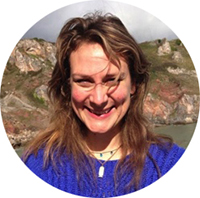Britain and Ireland have some of the most diverse and beautiful landscapes on Earth. In this major new landmark series, Sir David Attenborough celebrate the wonders of the islands that we call home, revealing surprising and dramatic habitats.
Filmed over the course of three years, this five-part series investigates how our woodland, grassland, freshwater and ocean habitats support wildlife of all kinds. Using the very latest technology, each episode captures dramatic and new behaviour across the British Isles, from battling butterflies to mighty killer whales on the hunt.
Here's everything there is to know about the series, including how to watch it and what places and species are included. Watch this page for further updates.
- Discover the incredible locations and wildlife that feature in episodes one and two of Wild Isles.
What is Wild Isles?
Wild Isles is an ambitious BBC documentary series filmed in Britain over the past three years, focusing on the wealth of wildlife and habitat to be found on our isles. The programme uses cutting-edge filming techniques to capture extraordinary footage of Britain's nature in the raw, from ancient oak woodlands and rare hay meadows to seabird breeding colonies and precious chalk streams.
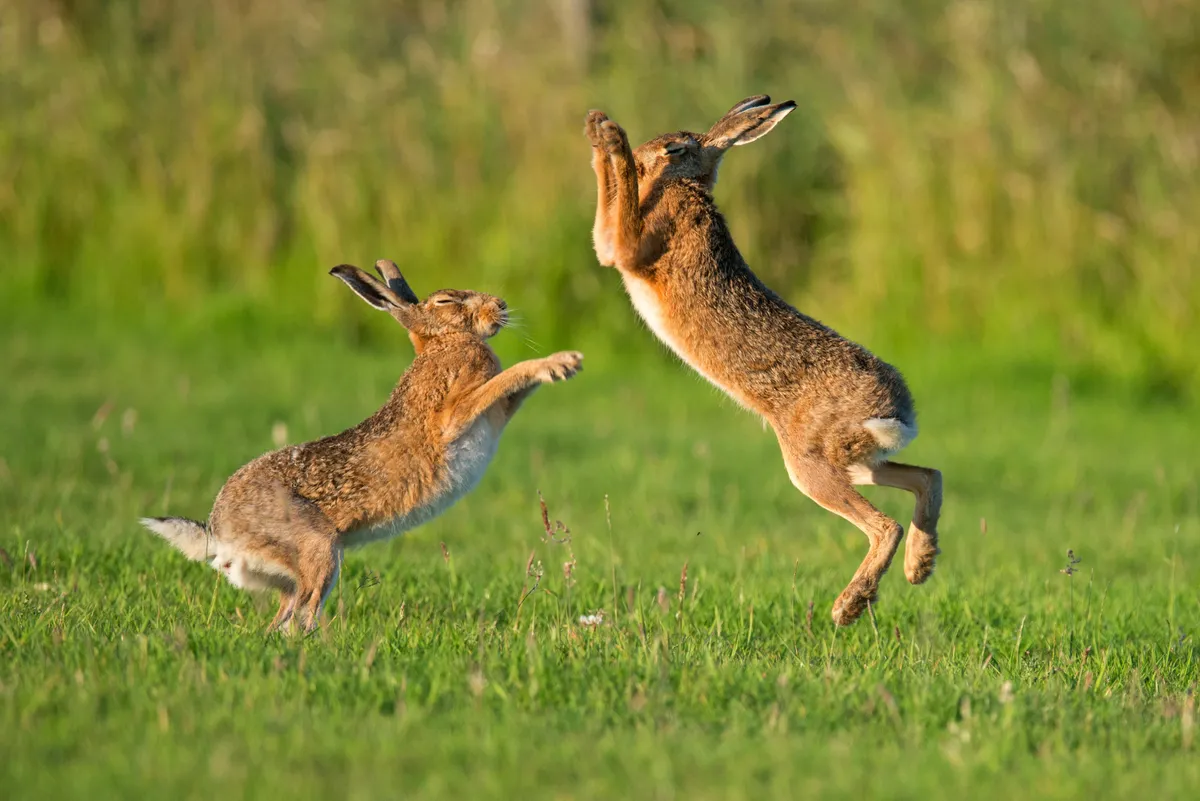
When is Wild Isles on TV?
David Attenborough's new BBC One nature documentary Wild Isles is broadcast on Sunday evenings, and available afterwards on BBC iPlayer.
How many episodes of Wild Isles are there?
There are five episodes in total - an introductory episode about British wildlife, followed by one each focused on Britain's four key habitat types – woodland, grassland, marine and freshwater.
Watch the series trailer
An extra episode will be available on BBC iPlayer one week after the five that are scheduled, which focuses on climate change within the UK.
Which species will appear?
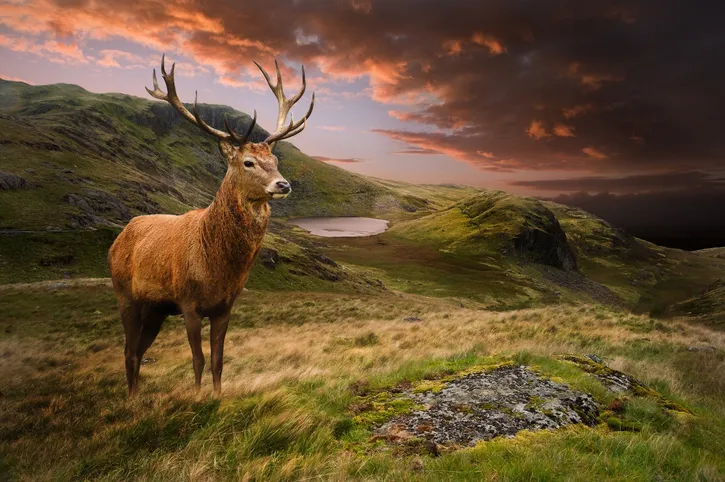
An incredible 96 different species appear in the series – some of the spectacular species set to feature are magnificent white-tailed eagles, powerful killer whales, blue fin tuna gathering off the coast of Cornwall, wild horses battling for access to females in Cambridgeshire; gulls stealing fish from puffins off Northumberland; black grouse and hen harriers courting in the Cairngorms; red deer stags rutting in a wild corner of Ireland; mayfly hatching on a river in Wiltshire; foxes hunting rabbits at night; and even a bee riding a broomstick in Dorset.
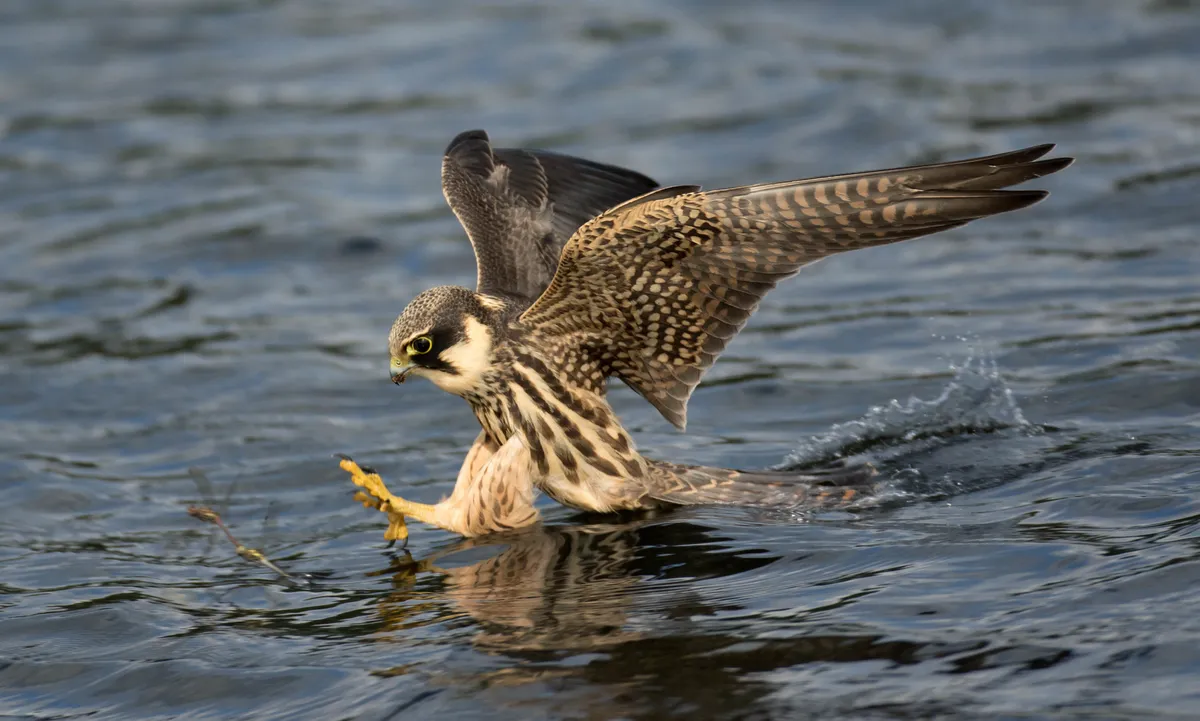
Why focus on Britain?
Britain and Ireland have some of the most diverse and beautiful landscapes on Earth. We have more ancient oak trees than the rest of Europe put together. Our remaining flower meadows are a vital refuge for breeding birds and butterflies and our coasts are home to internationally important numbers of seabirds.
Sixty per cent of the world’s chalk streams flow in southern England. However, our wildlife is increasingly fragmented and fragile - this series explains the challenges nature faces today, and what can be done to make these wild isles even wilder in the future.
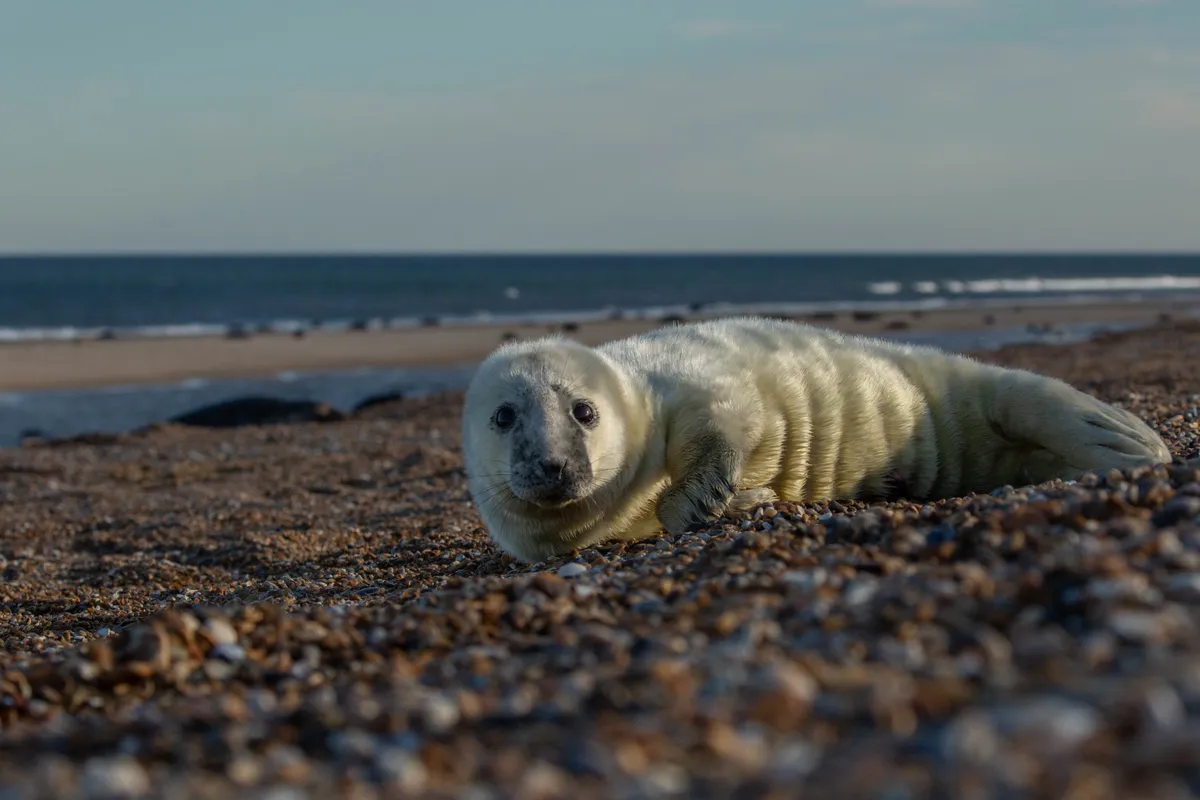
According to series producer Hilary Jeffkins, the British climate and terrain presented different filming challenges. "The British weather was a real challenge - rain, wind and only sporadic sun. Marine habitats are also hard to work in. Visibility underwater was at times less than a meter and finding marine life was often like searching for a moving needle in a haystack. Filming underwater is a technical challenge – but the team developed a new stabilised tripod and tracking system to shoot beautiful motion timelapse beneath the waves."
Who is making it?
Presented by Sir David Attenborough, Wild Isles has been made by Silverback Films for BBC One and is co-produced by the Open University, the RSPB and WWF. Attenborough appeared on Winterwatch with Chris Packham to discuss British wildlife and the forthcoming Wild Isles documentary - listen to their good-natured discussions and watch the interview here, from 37 minutes in.
What do the makers say?
Sir David says: “In my long lifetime, I have travelled to almost every corner of our planet. I can assure you that in the British Isles, as well as astonishing scenery there are extraordinary animal dramas and wildlife spectacles to match anything I have seen on my global travels.”
Series producer Hilary Jeffkins says: "David [Attenborough] was very enthusiastic and excited to be filming in Britain and seemed to enjoy it just as much, if not more than some of his adventures abroad. He was in his element amongst the puffins and shearwaters on Skomer. His curiosity has not waned, and he was interested in the detail of every wildlife story, especially when we managed to film new behaviour."
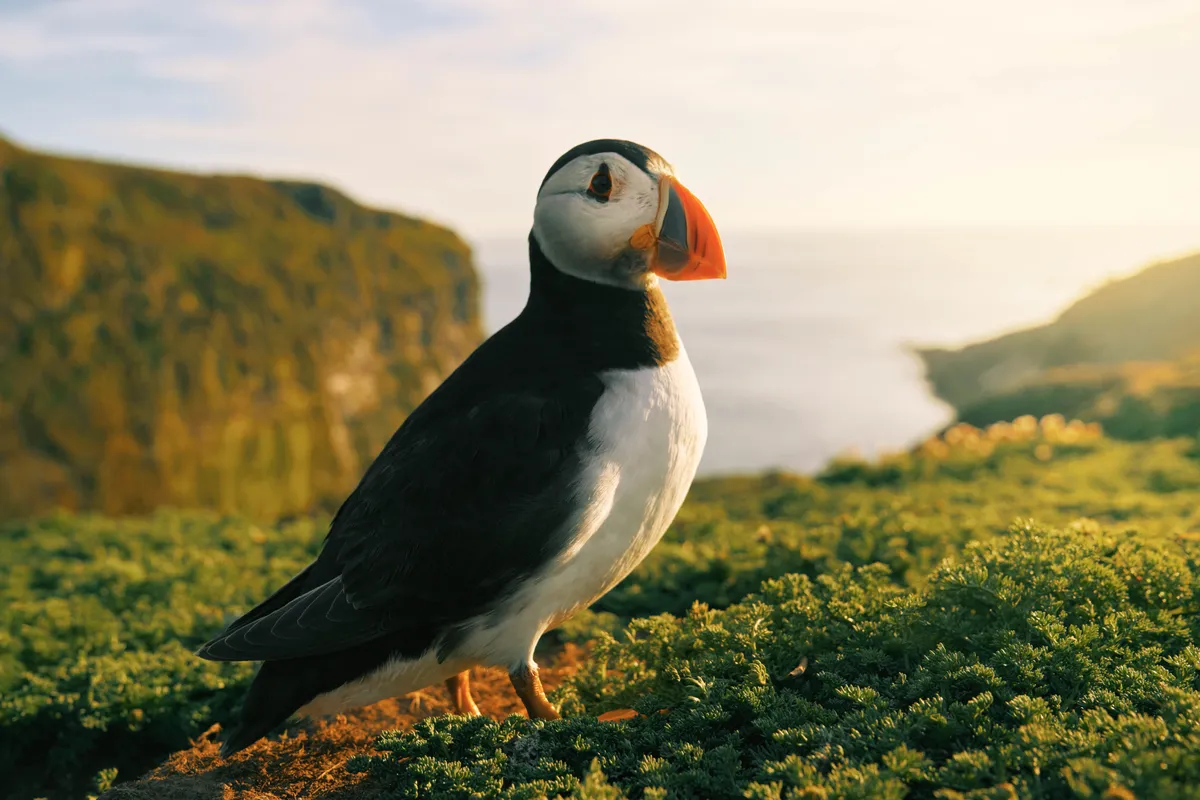
Jack Bootle, head of commissioning, science and natural history, says: “The multi-award winning team at Silverback are creating an eye-opening celebration of British and Irish wildlife that has to be seen to be believed. You’ll think a meadow in Somerset is as beautiful as the Serengeti, and the North Atlantic as wild and dramatic as the Antarctic Ocean.’’
Dr Philip Wheeler, senior lecturer in ecology at the Open University, says: “We are so used to seeing exotic places and species on wildlife documentaries that it is brilliant to see the wildlife of the British Isles presented in this way. Wild Isles shows how nature closer to home has amazing stories to tell and it is a real privilege to be able to contribute academic expertise from the OU to the series. I hope the public interest this series generates will give wildlife in Britain and Ireland the boost it urgently needs.”
